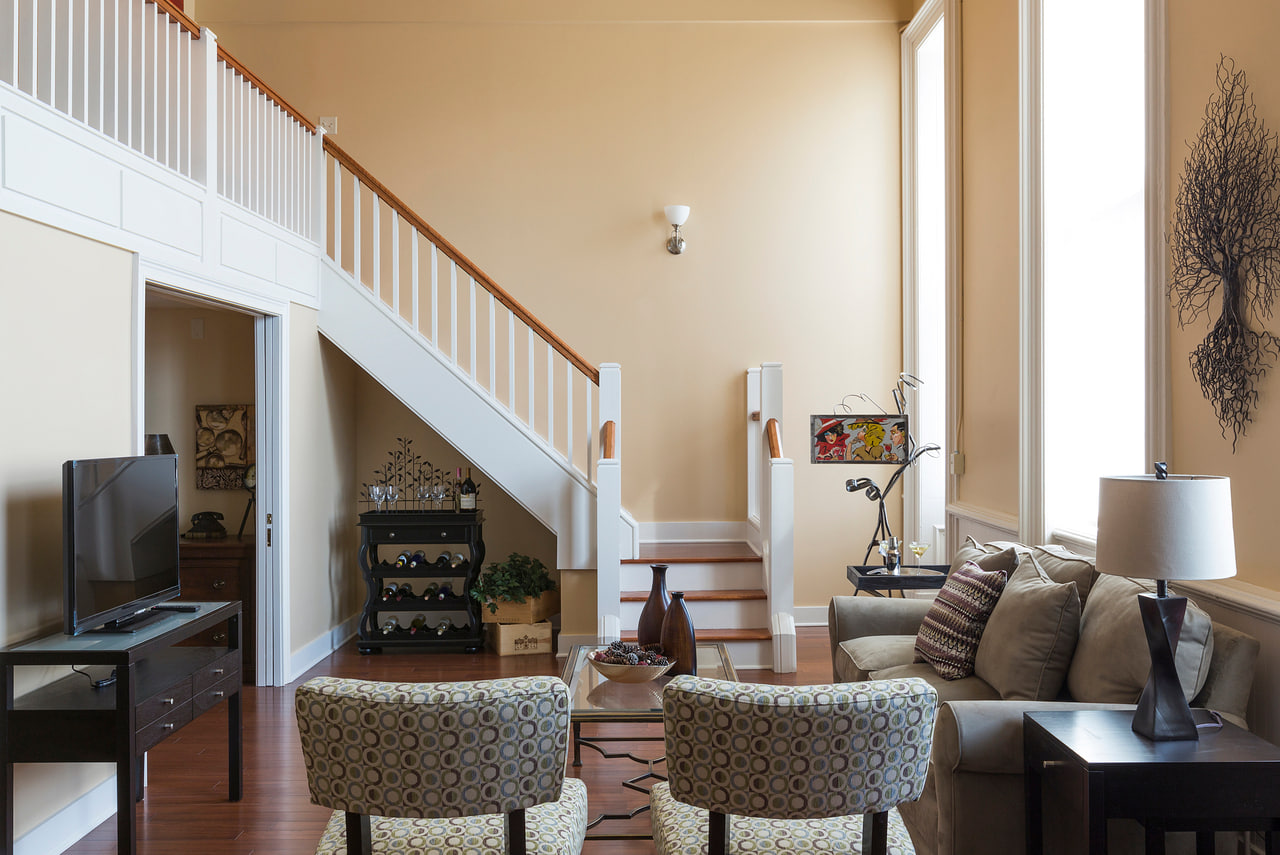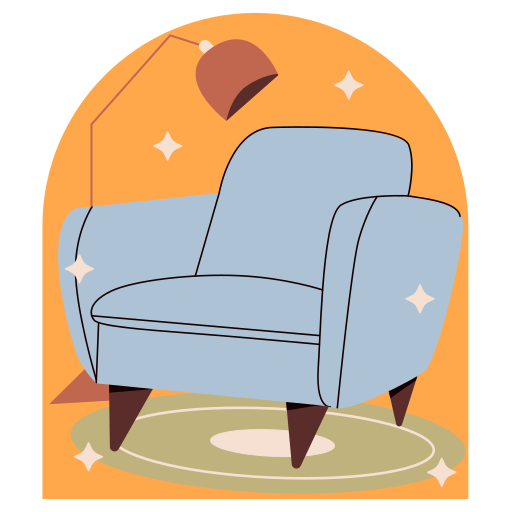
Designing a home or any living space is a rewarding but often challenging journey. Many people encounter common pitfalls that can affect the overall feel, functionality, and aesthetics of their interiors. Understanding these mistakes and learning how to address them is essential for creating a space that truly works for you. This blog explores some of the most frequent design errors and offers practical solutions to turn your home into a harmonious, beautiful environment.
One of the most common design mistakes is neglecting the flow and scale of furniture within a room. It’s tempting to fill a space with all the pieces you love or already own, but overcrowding or misplacing furniture can make even a large room feel cramped or chaotic. The fix here is to carefully consider the proportions and pathways. Measuring your room and furniture before buying or rearranging helps maintain balance. Creating clear walkways and allowing breathing space between pieces enhances movement and comfort. It’s about finding the right scale for each item and ensuring they complement rather than compete with one another.
Another frequent misstep is poor lighting design. Relying solely on overhead fixtures or a single source of light can leave a room feeling flat or uncomfortable. Lighting should be layered to include ambient, task, and accent lighting, which work together to create depth and flexibility. Ambient lighting provides overall illumination, task lighting is essential for specific activities like reading or cooking, and accent lighting highlights architectural features or artwork. Fixing this requires assessing the purpose of each room and incorporating a mix of light sources accordingly. Using dimmers, lamps, and natural light strategically will elevate the mood and usability of your space.
Color is a powerful tool, but misusing it is another common error. Choosing colors without considering how they interact with light, the room’s function, or existing furnishings can create discord or overwhelm the senses. For example, painting a small room in a very dark shade without enough natural light might make it feel claustrophobic. On the other hand, overly bright or clashing colors can lead to visual fatigue. The solution lies in developing a cohesive color palette that supports the room’s purpose and your personal style. Sampling colors in different lighting conditions before committing is crucial. Using neutral bases with pops of color or soft harmonies can keep spaces feeling balanced and inviting.
Ignoring storage needs is a mistake that affects both functionality and aesthetics. Without adequate storage, clutter quickly accumulates, making even the most beautiful spaces feel disorganized. The key to fixing this is integrating smart storage solutions that blend seamlessly with your design. Custom built-ins, multi-functional furniture, and creative use of vertical space can all help maintain order while enhancing style. It’s also important to regularly evaluate your belongings and prioritize simplicity to avoid overcrowding.
A lack of personal touch often results in spaces that feel generic or uninspiring. Sometimes people try too hard to follow trends or mimic magazine-worthy looks without adapting them to their own lives. This disconnect can lead to rooms that don’t feel comfortable or authentic. Fixing this involves intentionality—selecting pieces, colors, and layouts that resonate with your lifestyle and personality. Incorporating meaningful objects, artwork, or handmade items adds layers of story and warmth that transform a house into a home.
Finally, many overlook the importance of functionality when focusing too heavily on aesthetics. Beautiful spaces should also support how you live. For instance, a gorgeous but impractical kitchen layout can hinder cooking, or an uncomfortable seating arrangement can discourage socializing. The fix is to always align design choices with daily habits and practical needs. Observing how you use each space, testing layouts, and choosing durable materials ensures your home works as hard as it looks good.
